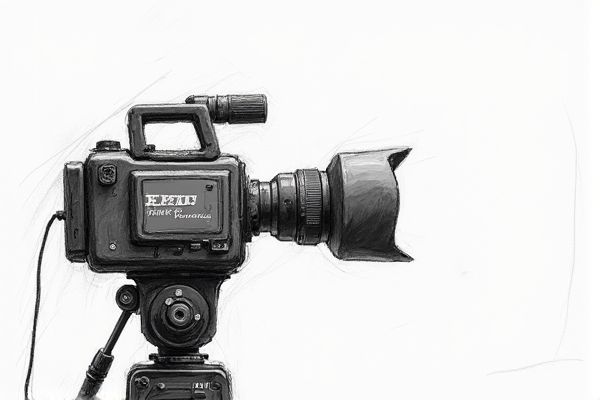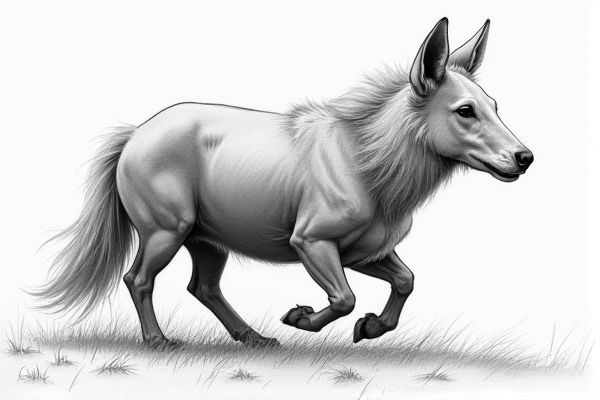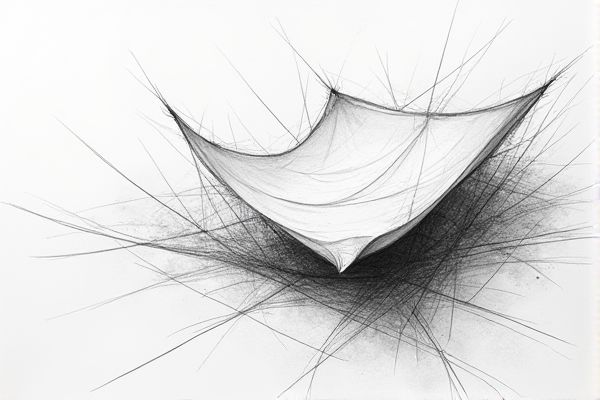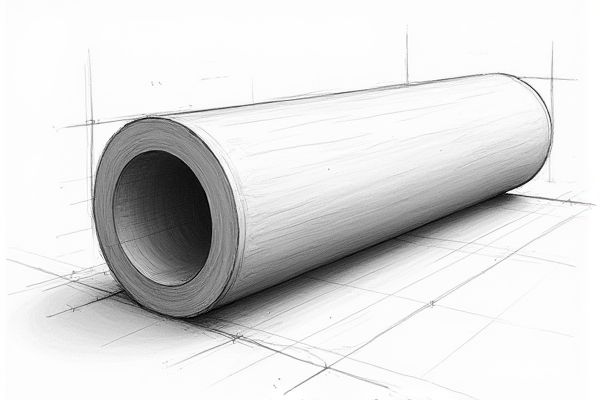As technology continues to evolve, the charm of analog photography remains undiminished, drawing both professionals and enthusiasts back to the nostalgic simplicity of film cameras. The tactile experience, coupled with the unique artistry of capturing moments through film, offers a timeless appeal that digital cameras can't quite replicate. From the iconic designs of Leica and the durability of Nikon to the versatile offerings of Canon and the retro flair of Olympus, several brands stand out as favorites in the realm of film photography. To explore these top brands and discover the perfect film camera for your photography journey, read more below.

Illustration of film camera
Best brands of film camera in 2025
Nikon
Nikon, a renowned Japanese optics and photographic equipment manufacturer, has a rich history as one of the best producers of film cameras. Founded on July 25, 1917, Nikon remained a strong competitor in the film camera market, even after the shift to digital. In 2021, Nikon ranked as the third-largest camera manufacturer globally, accounting for 13.7% of camera sales, although its market share declined from 18.6% in 2020. Notably, Nikon continued to produce film SLR cameras until October 2020, with models like the high-end Nikon F6 and the entry-level FM10. The company's commitment to innovation and quality has made its film cameras, such as the Nikon F-series, highly regarded among photographers. For more information, visit their official website.
Canon
Canon remains the dominant force in the camera market, holding a significant 46.5% market share as of 2023, nearly double that of its closest competitor, Sony. This leadership is underscored by Canon's sale of over 3.348 million camera units in 2023, far exceeding Sony's 1.879 million units. Canon has maintained its top spot in the worldwide interchangeable-lens digital camera market for 19 consecutive years. The company's imaging business unit generated 20% of its net sales in 2022, with a focus on high-definition mirrorless cameras and network cameras. Canon's strategy includes investing $1.820 billion annually over the next three years to enhance its EOS R System and other imaging technologies. You can explore more details on Canon Statistics.
Leica
Leica is renowned as one of the best producers of film cameras, with a rich history spanning over 154 years since its founding by Ernst Leitz in 1869. The company has achieved significant revenue growth, including a 14% increase to EUR554 million in the fiscal year 2023/2024, driven largely by its core photography segment and expansion of its global sales network. Leica continues to produce high-quality film cameras, such as the Leica MP, M-A, and the re-released M6, which are highly regarded for their iconic design and precision engineering. The brand's commitment to innovation and quality has contributed to its success, even during challenging times like the COVID-19 pandemic, where Leica saw a 16% sales increase. With a strong global presence, including over 120 monobrand stores, Leica remains a leader in the film camera market. For more details, explore their press release regarding their fiscal year 2023/2024 achievements.
Pentax
Pentax is a renowned brand in the film camera market, known for its high-quality and durable cameras. As of 2023, Pentax remains a major player in the global film camera market, which was valued at $277.91 million and is projected to reach $387.27 million by 2030, growing at a CAGR of 5.2%. Pentax cameras are favored for their reliability and innovative features, catering to both professional and amateur photographers. The brand's presence is significant in regions like Asia Pacific, where the market is expected to show the fastest growth during the forecast period. With a rich history in camera manufacturing, Pentax continues to be a preferred choice among photography enthusiasts. For more detailed insights, check out the film camera market report.
Olympus
Olympus, a renowned brand in the camera industry, has made significant contributions to the film camera market with its innovative products and technologies. Despite the rising competition from mirrorless cameras, Olympus maintains a solid presence, particularly in the domestic market, where it holds a leading share. The company's unique technologies and competencies in designing compact, lightweight, high-performance lenses have been key factors in its success. However, Olympus faces challenges such as small market shares in massive markets like the U.S. and China, and intensified competition from other major players like Canon, Nikon, and Sony. As of 2020, the mirrorless camera market, where Olympus is a major player, saw sales ratios for high-priced models increase, despite an overall market contraction. For detailed insights, you can learn more about Olympus's strategic plans.
Minolta
Minolta, although no longer an independent brand since its merger with Konica in 2003, was once a renowned producer of film cameras, known for its high-quality lenses and innovative camera designs. In its heyday, Minolta held a significant market share, particularly with its popular SR-Mount lenses and the Minolta 7000, the first autofocus SLR camera introduced in 1985. Despite the decline of film camera sales, Minolta's legacy continues to influence the photography industry. The brand's cameras are still sought after by enthusiasts and collectors, highlighting their enduring impact. However, current market statistics do not include Minolta as a standalone brand due to its integration into other companies. For detailed insights into the film camera market, you can refer to the film camera market report.
Hasselblad
Hasselblad, a renowned Swedish manufacturer, is a leading producer of high-quality film cameras, particularly in the medium format segment. The company gained significant fame with its classic analog medium-format cameras, such as the 500 C, which was introduced in 1957 and formed the basis of their product line for over 60 years. Hasselblad cameras were instrumental in historic events, including the Apollo missions, where they were used to capture the first photographs on the Moon. Despite transitioning to digital technology, Hasselblad continues to produce about 10,000 cameras annually and remains a key player in the market, which is projected to grow at a CAGR of 3.1% from 2024 to 2032.
Fujifilm
Fujifilm stands as a leading producer in the camera market, particularly excelling in the non-full-frame segment with a significant 40% market share in APS-C, Micro Four Thirds, and medium-format cameras as of 2024. Despite challenges in production and shipping, Fujifilm sold 430,000 units in 2023, highlighting its strong presence with popular lines like the X100 and GFX series. The company's X100VI, for instance, has seen immense demand, showcasing Fujifilm's ability to produce highly versatile and sought-after cameras. In Japan, Fujifilm holds a notable 22% market share in the digital camera market, further solidifying its position. Its commitment to innovation and quality has made Fujifilm a favorite among photographers. For more information on their range of cameras, visit their official website.
Mamiya
Mamiya is a renowned brand in the film camera market, particularly noted for its medium format cameras that excel in capturing high-resolution images. In 2023, the medium format film cameras market, which includes Mamiya's offerings, was valued at USD 175 million and is projected to grow at a CAGR of 3.4% from 2024 to 2032. Mamiya's cameras are highly regarded by professional photographers for their exceptional image quality and durability. The brand's legacy in Japan, a pivotal market for medium format film cameras, contributes significantly to its market presence. Mamiya's classic models are also sought after by collectors, adding to the brand's enduring value.
Contax
Contax is renowned as one of the most legendary camera brands in photography history, known for its precision engineering and high-quality Carl Zeiss lenses. Established in the early 1930s by Zeiss Ikon, Contax gained recognition with innovations like the Contax S, the first 35mm SLR camera with a pentaprism viewfinder in 1949. The brand continued to produce high-end cameras, including the acclaimed Contax G2 and the Contax Tix, which featured a 28mm f/2.8 Zeiss Sonnar lens. Despite the rise of digital cameras, Contax film cameras remain popular among enthusiasts, contributing to the global film camera market's growth, expected to reach $387.27 million by 2030 with a CAGR of 5.2%. For more information on Contax products, you can visit their product statistics page.
















Leave a Reply
Your email address will not be published.